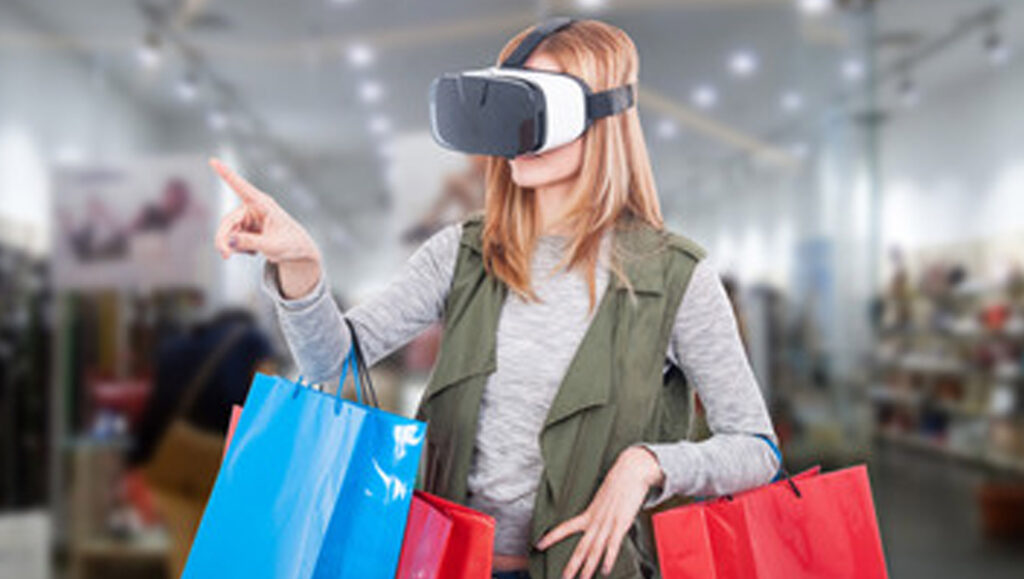Augmented reality is the real deal for digital consumers…
For shoppers who yearn for a 24*7 immersive brand experience, AR is the right approach. Gradually, AR has set its grounds in the business world, changing the way businesses interact with consumers. Undoubtedly, AR has brought new realities and experiences to customers and AR is a big differentiator for brands today.
The market has changed in a unique way as this digitally immersive experience transforms the customer journey. Today we have AR applications serving as powerful mechanisms through which companies add value to their customers’ journey. Right from pre-sales to sales and after-sales, AR helps to offer an enriching experience between the brand and the consumer.
Whether it is B2B or B2C market, AR has the potential in every industry and market. Let us go through the various ways through which AR is boosting digital sales today.
Read More: Net2phone Named A Top 10 Unified Communications Solution
1. Improved decision-making
One of the primary reasons buyers have been reluctant to buy from online stores is the inability to interact with the product and test if the product is going to solve their problem. This doubt leads to indecisiveness. Augmented reality reduces doubts and creates new confidence in the buyers as they can virtually test the products.
2. The enhanced customer shopping experience
The post-pandemic world is relying on contactless transactions. AR is going to be at the center of this by creating a unique web shopping experience coupled with higher levels of customer satisfaction.
3. Adding value to interactive packaging
Brands like Coca-Cola, McDonald’s, Heinz, and more are making strategic use of interactive AR packaging. Customers can now view a 3D image of the package, and they have better ways to interact with the product to have a more valuable shopping experience.
4. Smoother experience to locate items in-store
While most of the customers are frustrated to locate items in large stores, AR helps to navigate even the largest stores in a fraction of a minute. Many stores are using AR to allow customers to navigate the store aisles, find the item they want, and get it delivered to the doorstep.
Read More: SalesTechStar Interview With Matt Darrow, CEO and Cofounder at Vivun
AR: practical yet innovative approach to boosting sales
Undoubtedly, technology must be practical to be useful and reach mass adoption. AR is absolutely practical and ready to be deployed to drive sales for any business out there. Analysts have predicted that the AR market will reach $198 billion in 2025. AR can strike a strong balance between innovation and practicality. For instance, Ikea uses augmented reality to allow customers to see how a piece of furniture looks like in their interiors before buying. AR allows customers to take a demo of the product in the real world.
Here are some more examples:
- AR is showing an innovative way forward for venue tours adding additional information or offering support to customers. For example, StubHub, which is a ticket marketplace, utilized an AR application to support Super Bowl fans. The app helped them choose their seats in the stadium. By further augmenting the venue, StubHub provided customers with a virtual view of the stadium so they could visualize how they would watch the game in real.
- Another example is Starbucks, which now offers its customers digital experiences of touring their cafes.
- Brands like Converse have started offering the ‘try-on’ features both for their online and offline stores. With the brand’s app in hand, the customer can see how the pair of sneakers will look on their feet in real. This elaborates the customer experience and pushes them to buy it without any remorse.
- Preview Placement has become too popular concerning AR in e-commerce. Check a DTC furniture brand Burrow, which uses AR to help customers visualize how the couches are going to look like in their living room. It is a similar thing Ikea has been doing for quite some time now.
- Another popular AR technology is the Instagram and Snapchat filters. If you have used them, you have used AR. The filters were initially used for fun, but today, brands are leveraging these filters to: showcase a new product by enabling people to test out how they would look on them.AR filters offer a novelty factor, which helps to boost audience engagement and encourage people to tag you in their content.
Read More: How Consumer Shopping Behaviors Are Changing Amid Rising Inflation Rates
Bottom Line
Augmented reality successfully stands to revolutionize the way brands market their products and sell them to their audiences in-stores and online. The time is now, it is vital to get ahead of the game and begin implementing AR solutions to stay competitive.
While your competitors have already targeted use of AR and VR to increase their customer engagement, you cannot take a backseat.





















